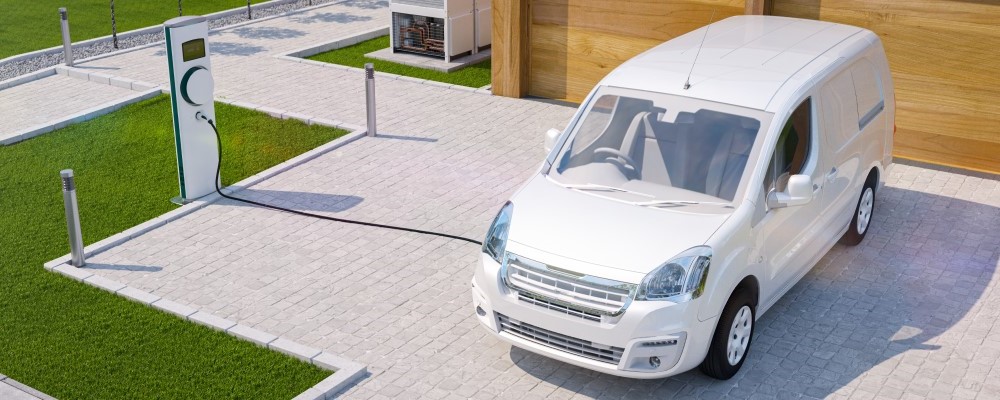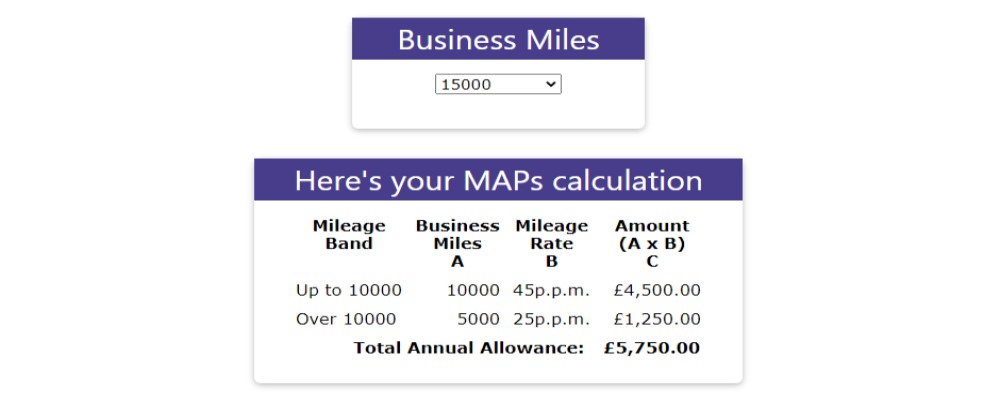The Ice Or Electric Blog: Capital Allowances For Electric Vans
Write off your EV now!
Capital Allowances For Electric Vans

Capital Allowances For Electric Vans
24 September 2020
Electric vans written off within a year!
What? Really?
Yes, but what we mean is that for tax purposes many businesses can write off the cost of buying a new van in the tax year of purchase.
Under special tax rules to encourage investment in plant and machinery (the Annual Investment Allowance or 'AIA'), the cost of a new van can be written off in full in the tax year you buy it.
This applies as long as you don't spend more in the tax year than the annual limit for investment in plant and machinery (£1m up to 31 December 2021 and £200,000 from 1 January 2022).
However, if your spending exceeds the limit you can still qualify for a 100% tax deduction by using the rules for 'Capital Allowances'.
What Are Capital Allowances?
Normally, when you invest in plant and machinery you have to wait a long, long, time in order to get a tax deduction for the cost.
And by 'a long, long, time' we really do mean a long, long, time.
Under the Capital Allowances rules you normally get a deduction against tax at a rate of 18% of the asset's value.
'OK', you think, 'so after about 5 years the cost will have been deducted against tax'.
But no, the rules are written so that the tax deduction you get becomes smaller as each tax year passes.
So if you spend £30,000 on a van, your tax deduction in the first year would be £30,000 x 18% = £5,400.
But in the second year, the first year's tax deduction is subtracted from the purchase price to work out the capital allowances, which are then given at 18% on the remainder.
So in year 2 you don't get tax relief again on 18% of £30,000, you get tax relief on £30,000 - £5,400 = £24,600.
At 18% the tax deduction in year 2 is £4,428.
You can see where this is going, can't you?
Your tax deduction gets smaller each year and it takes longer and longer to write off the full cost against tax.
But Electric Vans Are Different
Fortunately, if you have exceeded the AIA amount for the year you can still get a 100% tax write-off for the cost of an electric van under special rules called 'First Year Allowances'.
This means that instead of waiting many, many, years to be able to write off the cost of a new electric van you can get relief in the tax year you purchase it.
There is one particular requirement for 100% first year allowances ('FYAs') on electric vans - if you claim the Government's Plug-In Van Grant then the 100% FYA only applies to the price of the van after deducting the amount of the grant.
Please note: The examples in this page relate ONLY to company vans, NOT company cars.
For more information on capital allowances for ICE and electric company cars click on this link.
Self-employed
For the self-employed, where a van bought by the business is used partly for non-business purposes, tax relief under the AIA and 100% first year allowances rule is apportioned according to the ratio of annual business miles to total annual miles.
For example:
A qualifying electric van costs £30,000
The van is eligible for capital allowances at the full rate of 100%
The business use of the van is 50%
The capital allowances will be £15,000 (£30,000 x 50%)
Related Tools
Related Posts
What Else Do We Do?
FleetPro has a unique suite of free online tools to help you find the right car.
Take a look at some of our amazing calculators and decision tools for new car buyers.
-
Lease or Buy?
Could you lease a new car for less than the cost of buying? Our lease calculator will work out the best finance method for you. -
ICE or Electric?
Would an electric car be cheaper than petrol or diesel? Our ICE or electric calculator compares running costs instantly. -
Cash or Car?
Could you give up your company car for a cash allowance? Our 'cash or car' calculator will tell you. -
Car Search
Find your next new car by monthly payment, standard equipment, performance, economy and more .... -
fleetpro.co.uk
Why not visit our fleetpro.co.uk website and see for yourself the amazing range of tools and analysis? We'll keep your place here while you browse.







